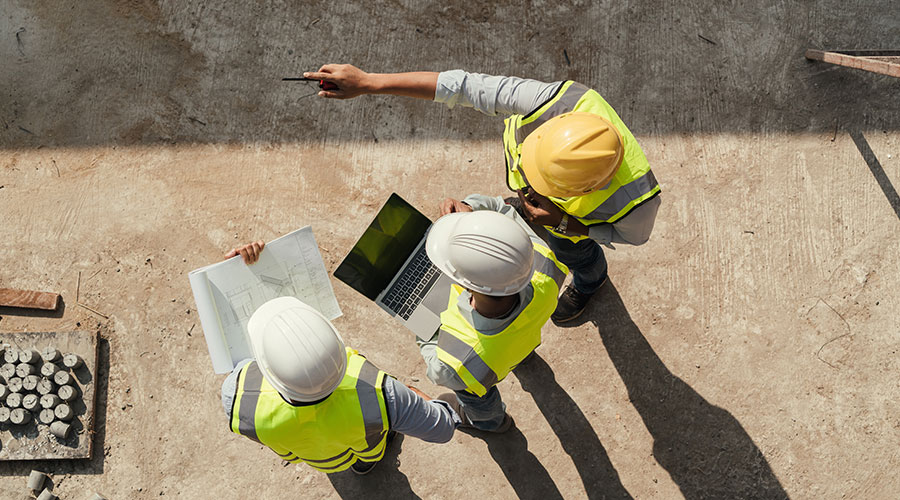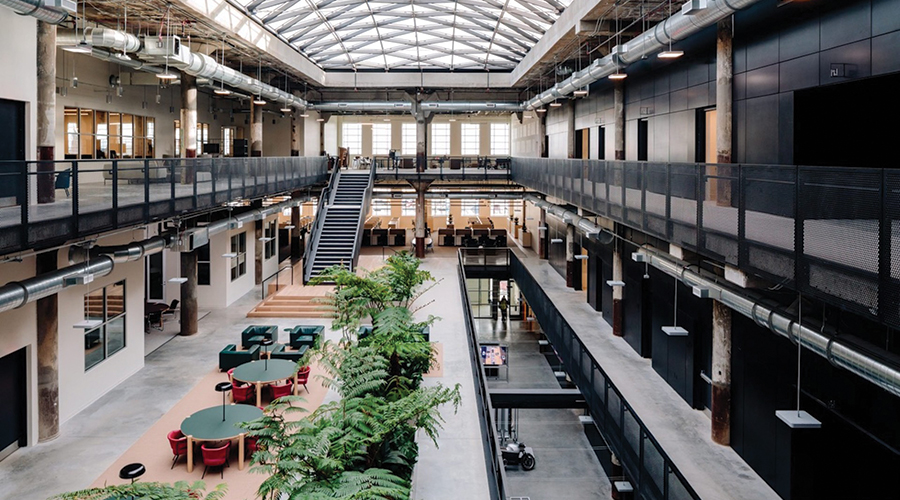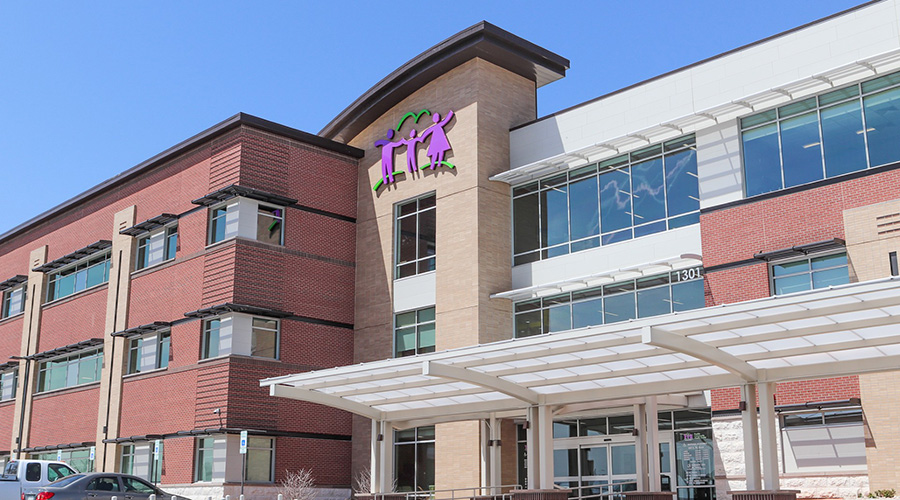Do Energy Models Accurately Predict Energy Performance?
Energy modeling is only as good as the assumptions and inputs, and its goal should be to evaluate trade-offs in design decisions.
By David Reid and John Wilkins
Many facility managers and owners are skeptical of energy modeling because they know of too many buildings that do not perform like the model and fail to return the predicted energy savings.
But owners and project teams alike must remember the "GIGO" principle: "garbage in, garbage out." Energy modeling is only as good as the inputs, and, unfortunately, the quality of these inputs varies. An essential component of energy programming is an honest discussion early in the schematic design phase among the owner, user-group representatives, architect, engineer, general contractor, and construction manager. The goal is to arrive at a consensus about realistic design goals for the tightness of the building envelope and owner operating expectations.
The information derived from these conversations improves the quality of the inputs to the energy model. These inputs include:
• window to wall ratio
• tightness of air infiltration
• thermal wall and roof insulation
• performance criteria of glass
• type of mechanical system
• artificial lighting watts per square foot
• plug loads wattage per square foot
• occupancy (capacity, operating hours)
When this discussion is lacking, engineers may include a contingency factor above the projected load — essentially, "over-designing" the mechanical system, which drives up capital and operating costs. They may not trust the construction contractor and subcontractors to build the envelope tightly enough to prevent air, water and thermal infiltration, or they may not trust that the building will be operated as designed.
However, keep in mind that precise building occupancy and hours of operation are difficult to calculate in the programming phase. Design solutions can help mitigate these uncertainties. In a theater, for example, carbon dioxide occupancy sensors ensure that the ventilation system is delivering the appropriate volume of fresh air based on the number of persons in the room.
It is also difficult to predict with certainty whether occupants will use the building as intended — for example, will they open windows to enjoy a summer breeze even though the air conditioner is on? Involving occupant representatives in these early discussions improves the odds that they will understand and buy in to their role in the building's energy performance.
Related Topics:












